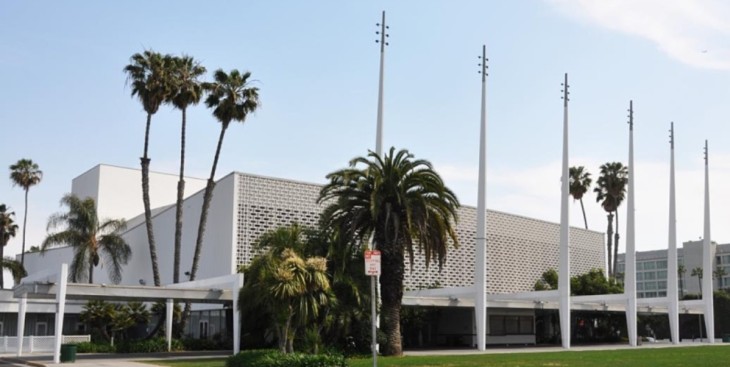As expected, it’s now late spring and water rationing is upon California. Despite the heavy mid-February rains that briefly drenched Northern California and the respectable ensuing snowfall in the Sierra Nevada Mountains, drought remains.
It may seem odd, but the opening compulsory rationing measures have come in Northern California, closer to the big rivers now carrying lower-than-usual runoff from the high mountains than the big cities to the south, where water conservation is voluntary, so far.
Reasons for this include the fact that the Metropolitan Water District of Southern California draws supplies from the Colorado River in addition to the Bay Delta region through most of Northern California’s water flows.
The Met has also spent many millions of dollars over the last 20 years to increase its storage capacity, creating new reservoirs and upping underground storage.
So some of the first serious compulsory rationing comes in places on the fringes of the San Francisco Bay Area, cities like Pleasanton and Dublin and Santa Cruz, which get much of their water from local supplies or the state Water Project, but don’t have access to the water San Francisco draws from its Hetch Hetchy reservoir near Yosemite National Park.
Rationing is sensible in some places – like Santa Cruz, where all homes are now limited to 1,000 cubic feet of water per month, or about 249 gallons per day. Local officials say the limits are needed because the area’s streams have all but dried up long before their wet season would normally end.
But in other places, like Pleasanton, a city of 70,000 on the eastern edge of the East Bay area, residents and businesses are compelled to use no more than 75 percent of the water they used at the same time last year.
The more you used in 2013, the more you can use today without paying penalties, which can see water bills double or triple upon a first offense and rise on subsequent violations.
So the water profligates of a year ago have an advantage over anyone who conserved water in 2013, when there was already drought, just not as severe. In short, if neighbors each had lawns of the same size and one watered freely last year, with no regard for conservation, but the other installed a drip irrigation system and cut water use substantially, the one who conserved now can use far less than his profligate neighbor. How fair is that?
Inequitable situations like this were common in the major drought of the 1970s, when homeowners or businesses who saw drought worsening and realized rationing would ensue sometimes increased their water use to make sure they would have a good supply once rationing took hold. No one can prove anybody did
that this year, but it’s very possible and it’s a major flaw where cities ration according to past use.
Other water use inequities abound, too. How fair is it that drought or no drought, Sacramento residents (including tens of thousands of state officials and bureaucrats) use an average of 279 gallons per day, compared with 98 gallons for San Franciscans and less than 150 per day for Los Angeles residents, whom Northern Californians habitually accuse of profligacy? Or for residents of ritzy Hillsborough on the San Francisco Peninsula to use 334 gallons of water daily, on average, to just 79 for those in far less fortunate East Palo Alto?
Plus, while there’s a water metering program in progess in the Central Valley, about half the homes there still no have water meters at all, so owners or tenants can use all they want with no penalties.
As Southern Californians watch this and realize that given another year of drought, they will also be rationed, plenty will realize that the more they use now, the more they’ll be able to use later –
unless water rationing is done on a strict per capita basis.
Yes, it can sometimes be difficult to know how many persons reside in each household, but Census data can help – taken in 2010, it’s still useful. Any household feeling short-changed could complain and prove it has more occupants than the Census showed.
That’s not a perfect system, but if adopted statewide, would at least be more fair than the patchwork of systems gradually being imposed now, with rationing just beginning and already starting to lean toward the unfair.


























